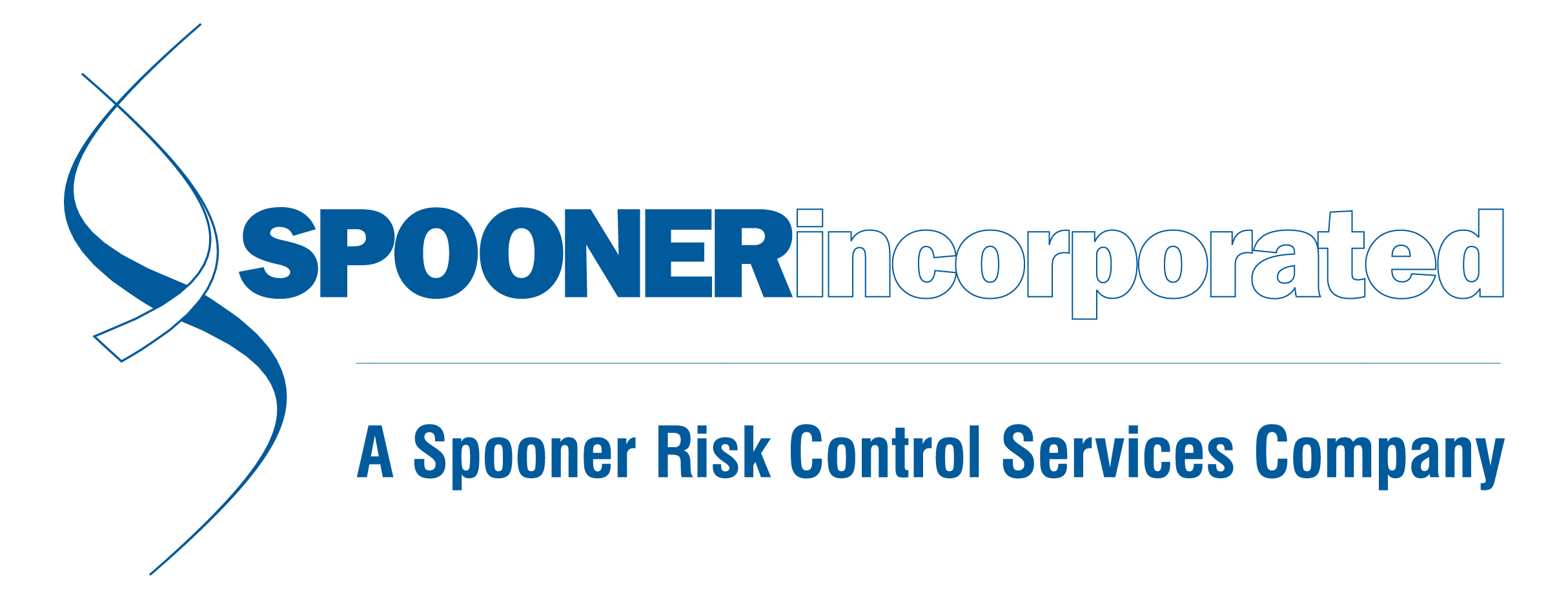OSHA Publishes New Final Rule on Injury Tracking and Data Submission
On May 11th, OSHA published a new rule on Injury Tracking and Data Submission, which will require the majority of workplaces to start submitting their injury / illness data to OSHA on an annual basis. This site-specific data will then be published on the OSHA website by location. The following excerpt from the recent press release by OSHA explains the government thought process that went into creating this new rule.
"Since high injury rates are a sign of poor management, no employer wants to be seen publicly as operating a dangerous workplace," said Assistant Secretary of Labor for Occupational Safety and Health Dr. David Michaels. "Our new reporting requirements will 'nudge' employers to prevent worker injuries and illnesses to demonstrate to investors, job seekers, customers and the public that they operate safe and well-managed facilities. Access to injury data will also help OSHA better target our compliance assistance and enforcement resources at establishments where workers are at greatest risk, and enable 'big data' researchers to apply their skills to making workplaces safer."
We think this approach and the blanket statement about high injury rates is a bit harsh and unfair; however, we believe that you need to know what the requirements are so that preparations can be made to comply. Since it is a rule rather than a standard, this requirement was not subject to congressional approval, and the statement about helping OSHA better target "compliance assistance and enforcement resources" is code for more inspections with more fines.
Data Submission Requirements:
- On July 1, 2017, all employers with 20 or more employees will be required to submit electronically to an OSHA website the Log Summary 300A form for the previous year (2016).
- On July 1, 2018, all employers with 250 or more employees will be required to submit electronically to an OSHA website the OSHA 300 log, the Log Summary 300A, and the OSHA 301 forms (or equivalent). Employers with 20-249 employees will still submit the Log Summary 300A.
- Starting in 2019, all annual submissions will be required on March 2nd for the previous year and every year after that.
- Companies who have 20 or more employees and who are in a high hazard category, designated in Appendix A of the rule, will also be required to submit their data annually. These industries are shown at the end of this article.
- Companies may be asked in writing to submit data even if they are currently exempt from this process.
Other Requirements of this New Rule:
The final rule also requires employers to highlight Section 11C of the 1904 rules, which prohibit retaliation against employees who report work-related injuries and illnesses. To comply with this requirement, employers will have to:
- Prominently display the OSHA “Job Safety and Health Poster” from April 2015 or later.
- Develop formal written procedures for reporting injuries and illnesses that are reasonable and do not deter employees from reporting for fear of retaliation.
- Explain to employees that the company will not retaliate against them for reporting workplace injuries and illnesses.
What Does This All Mean?
The 273-page final rule spells out how this new requirement will be implemented and enforced. First, it is important to know that the data you will submit will be published on the OSHA website and viewable by the general public. They will not require employee names, addresses, or treating physician names to be included in the data you submit. They do not require trade secret or confidential business information, either. For example, if you have a piece of proprietary machinery called “Rick’s Pretty Good Metal Former”, you would not include that name on your OSHA log if someone were injured on that piece of equipment. You would simply say the employee was injured on the “Former” on line 2. Remember, your data and your company name will be published for not only OSHA to see but for your competitors as well.
OSHA intends to develop a web-based program that will enable companies to input their data once per year along with information about the companies (names, addresses, NAICS codes etc.). The website will then validate that the information is complete and allow you to confirm submission. You will get a confirmation email stating that it is complete. At this time, it appears that you will be able to update the logs and summaries you submit but it may only allow you to do this once per year. So, if you are part of a pre-qualification service like ISNET or BROWZ, etc, you want to make sure your logs are accurate, or your score may stay the same the rest of the year. Speaking of pre-qualification services, OSHA will allow them to submit your data for you. The logs and summaries must be signed and dated by the senior-most executive of the company.
Speaking of 301 forms; as you know the First Report of Injury forms in Ohio and many other states replace the 301 form. The final rule states in one section that the equivalent workers' compensation forms will still be valid instead of the 301 form from OSHA; however, in another section of the rule it states that they are not clear whether any of the forms now used (300, 300A, and 301) will be able to be simply uploaded into their system. It may require some additional input from you….the company, which is of course, double entry and more work. Some companies use PDF format, some use Excel or Word, and some companies do this manually on paper. It is not clear if OSHA has developed one format that will accept all of these varying styles or whether companies will have to input into their website from their current documents. We will wait to see how this works out.
This blog was edited on 07/10/2018.

